Dr. Mack’s Medical Minute: Path to becoming a doctor
November 13, 2015
Many students aspire to become doctors. They see the how well doctors get paid, and how helpful they are to society. While these are pleasurable features about a doctor, there is a lot more to it that students may not know. Hard work, good grades, and extracurricular activities are just a few to name to become one.
The first step is to attend college at a four year university. Some may argue that majoring in science is the best decision, but any major is fine. This step in the journey is called pre-med. Their goal is to get all of the pre-med pre-requisites (or classes needed to apply to medical school) completed. Depending on what university they are attending and what medical school they plan on attending, the class requirements may vary, but for the most part, they are generally the same. Since medical school is so competitive, it is very important to maintain an excellent GPA, obtain letters of recommendation, volunteer for direct patient care experience, and really show that medicine is a passion. Their goal is to stand out from other possible candidates. Towards their junior or senior year in college, pre-med students take the MCAT, (medical college admissions test). Thereafter, students are accepted into their medical school of choice, but depending on their portfolio, some students may end up attending their second or third choice school.
The next step is medical school. Just like undergraduate college, it is four years. In these four years, they will have extensive knowledge about medicine, the human body, and different fields of medicine. It is said that medical school is not easy.
“High school is like a lawn sprinkler. College is like a garden hose. And medical school is like a fire hose of information The short version of this analogy: Medical school is intense,” as stated on usnews.com.
After their completion of medical school, they will have to start residency. Residency is graduate medical training. The students are considered doctors but still in training, working under an attending physician (who has completed residency and practices medicine in a clinic or hospital, in the specialty learned during residency.) During this stage, the student doctors will know extensive knowledge about their desired field of specialty, rather it is pediatrics, oncology, general surgery, etc. The student’s chosen specialty determines how many years of training are required.
After the completion of residency, the resident doctor now goes into a fellowship. Fellows are capable of acting as attending physician or consultant physician in the generalist field in which they were trained, such as internal medicine or pediatrics. After completing a fellowship in the relevant sub-specialty, the physician is permitted to practice without direct supervision by other physicians in that sub-specialty, such as cardiology or oncology. The final step is board certifications. To keep a license to practice medicine, a doctor must be certified when necessary. The certification gives them their titles. After completion of all of these requirements the fellow finally becomes a doctor.
The entire process from undergrad to becoming a doctor takes on an average, 14 to 16 years. Ambition, drive, and determination are imperative to make it. It is not an easy journey, but the journey is worth becoming a doctor.



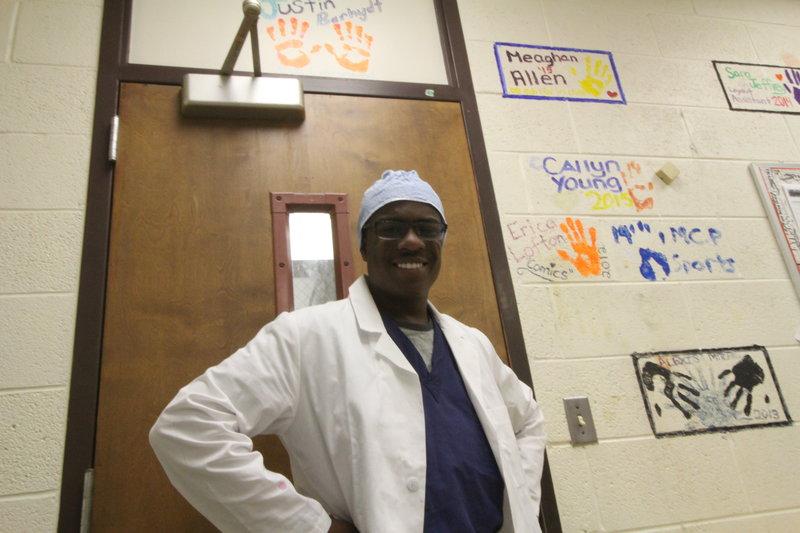



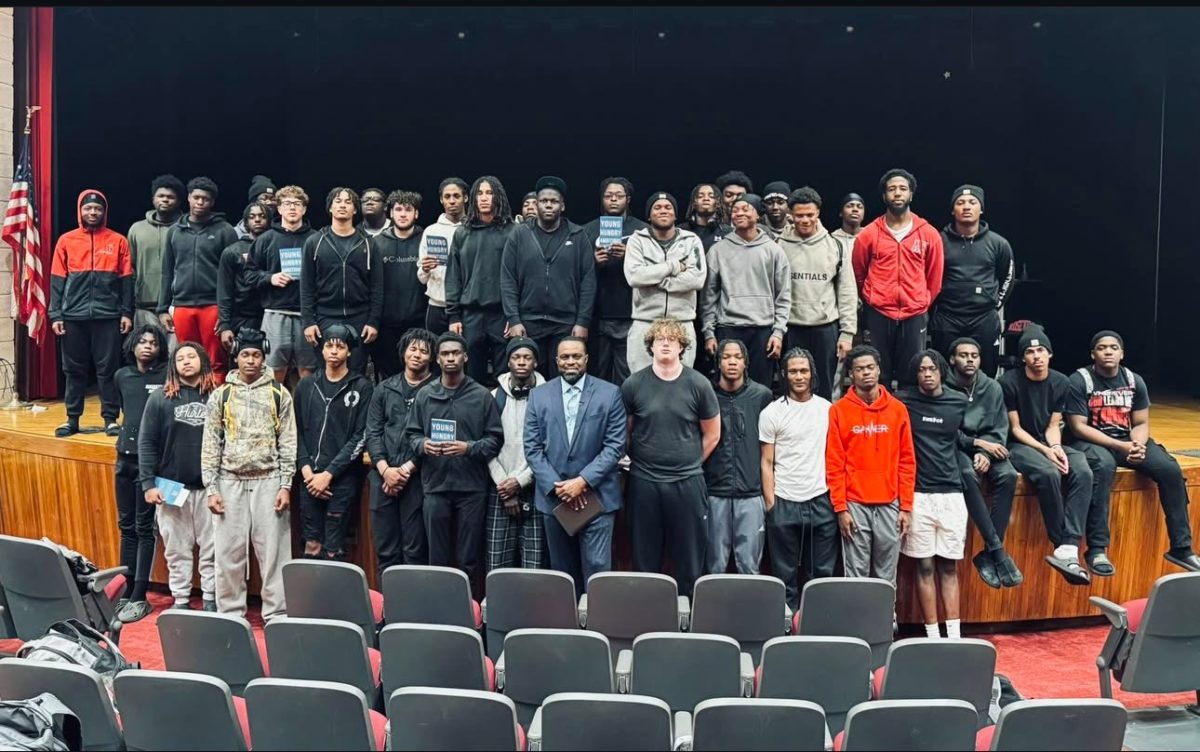
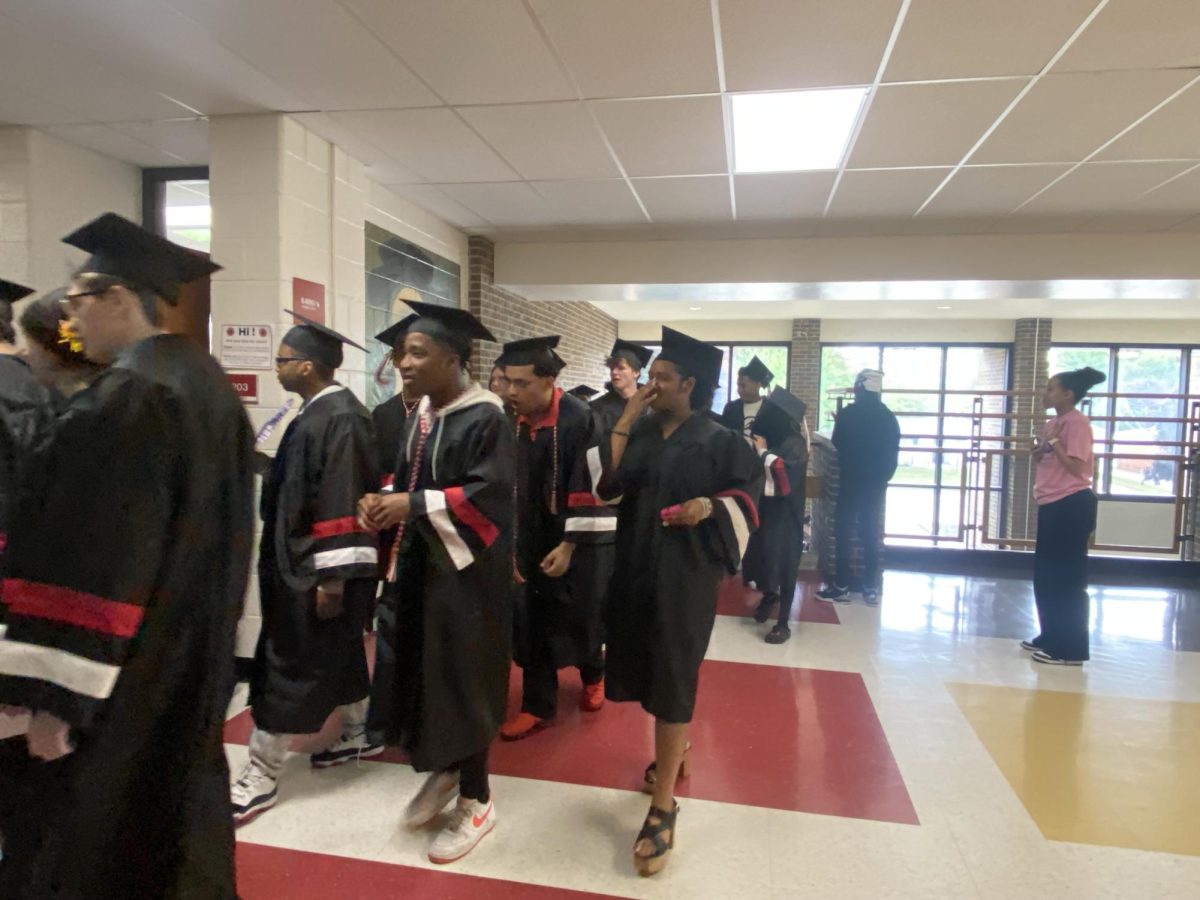
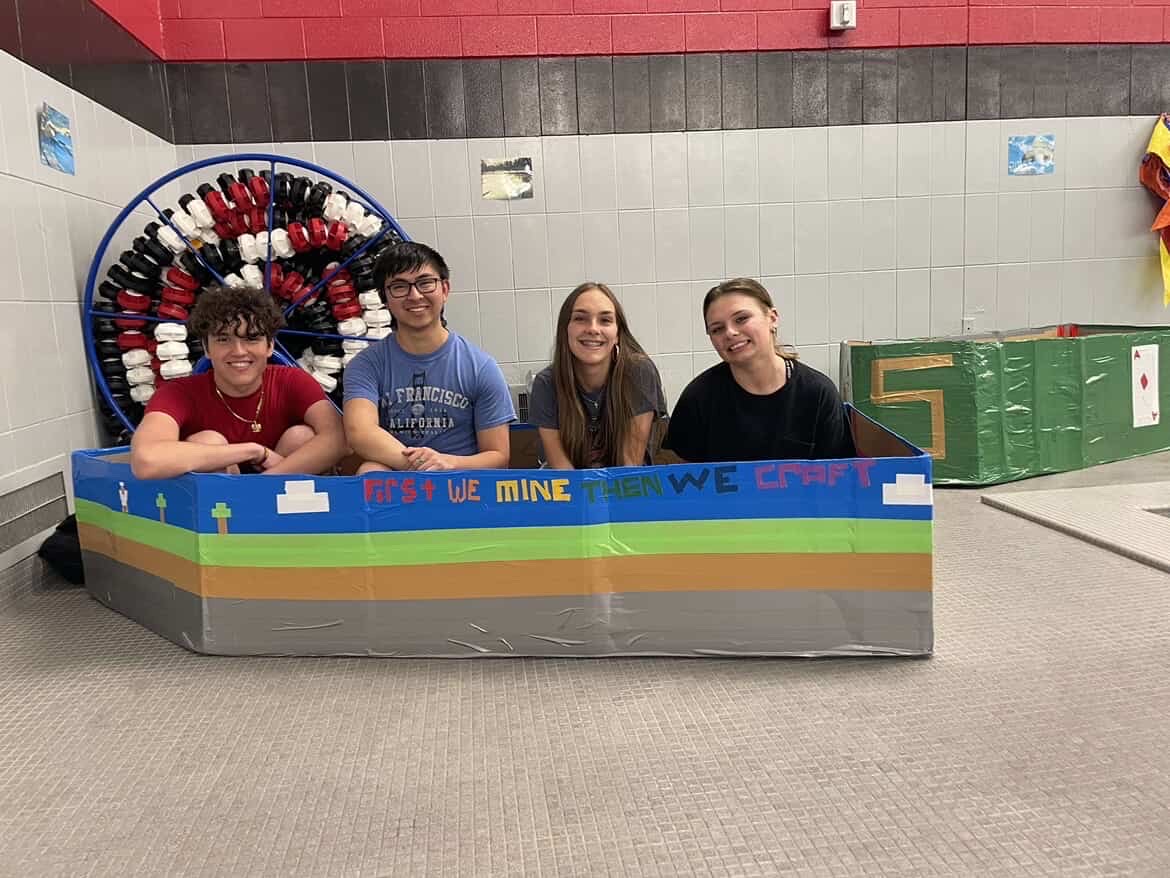










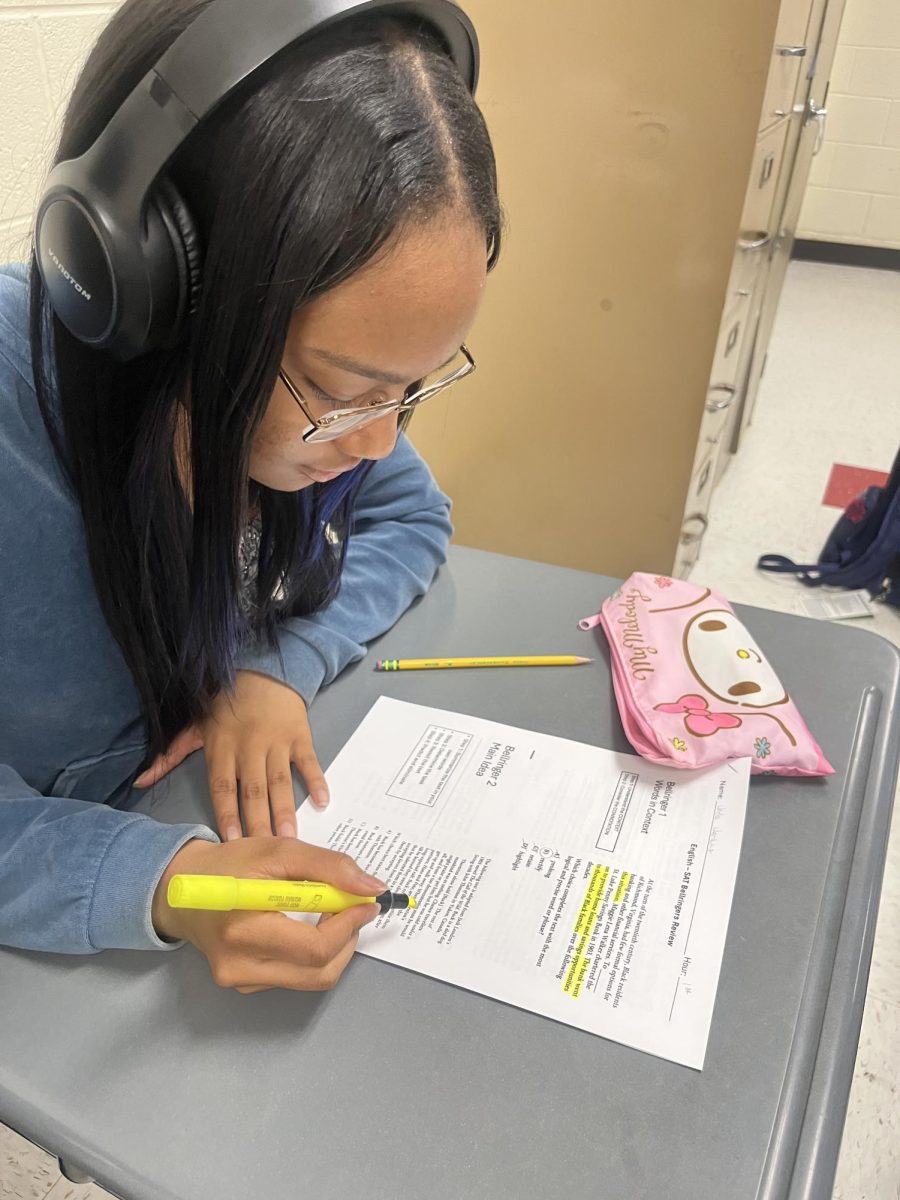

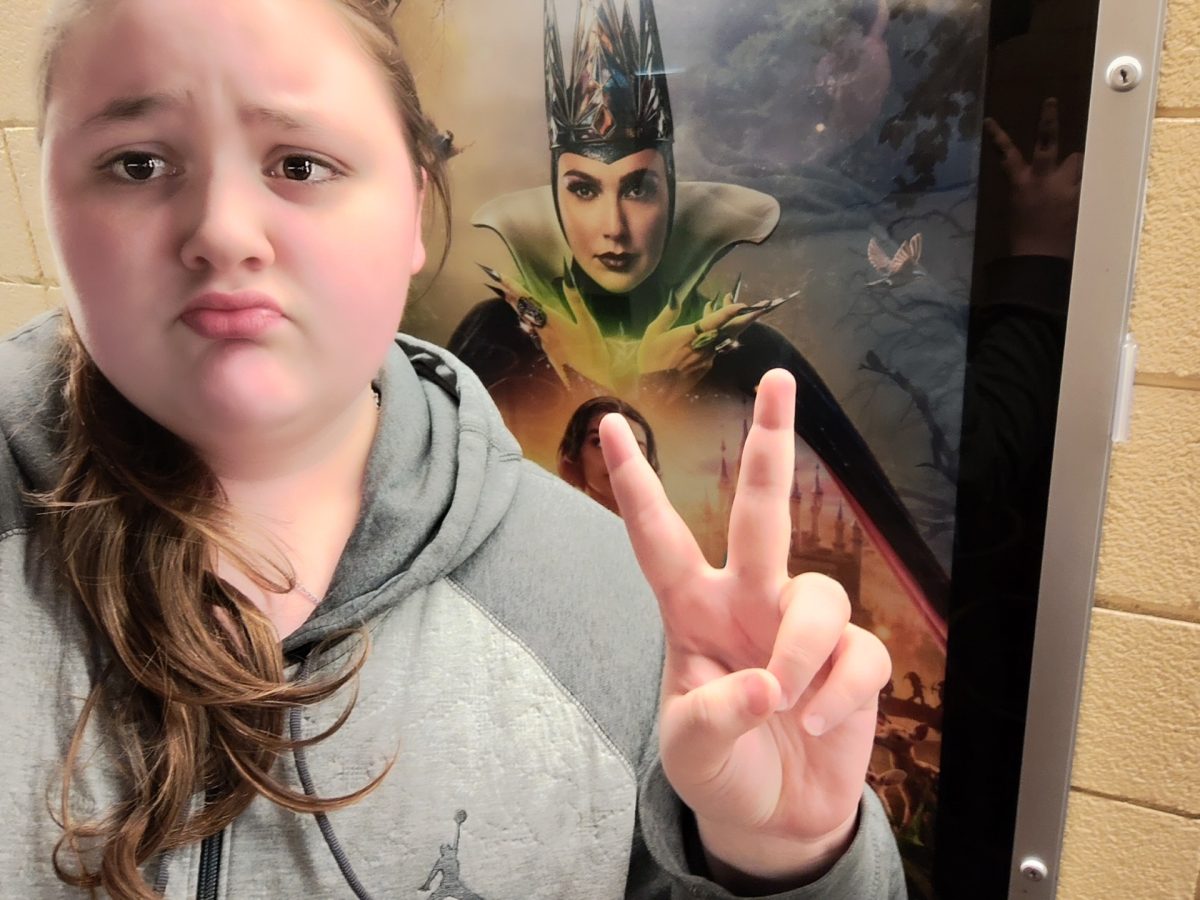




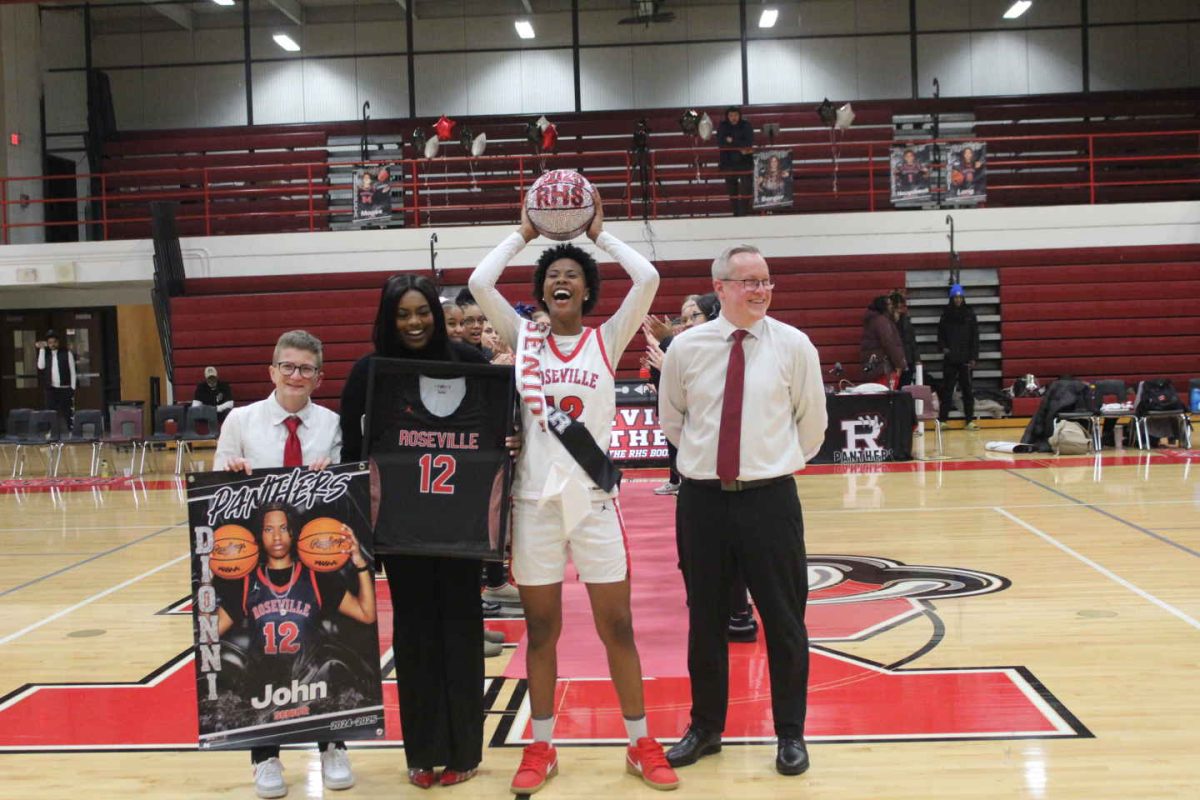

Lucinda Vang
Nov 13, 2015 at 9:08 pm
This was a well written article about becoming a doctor.